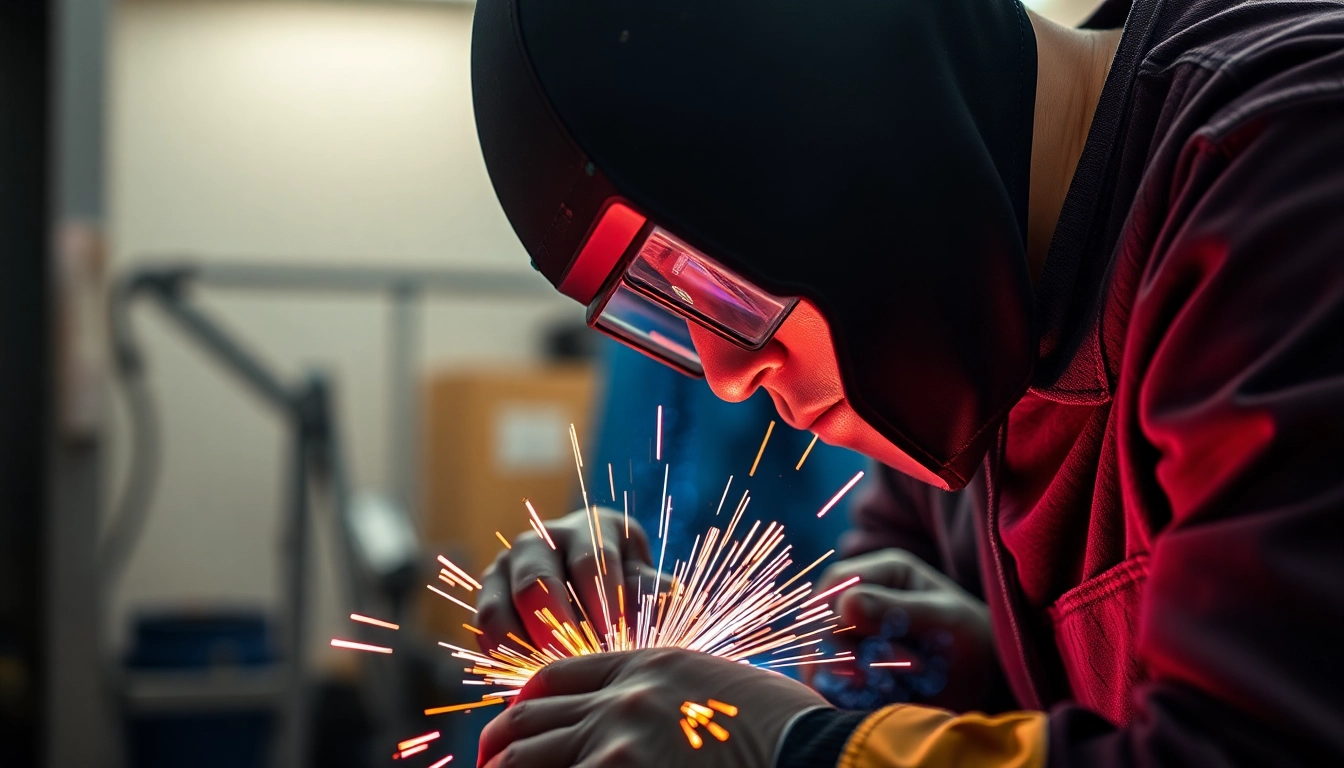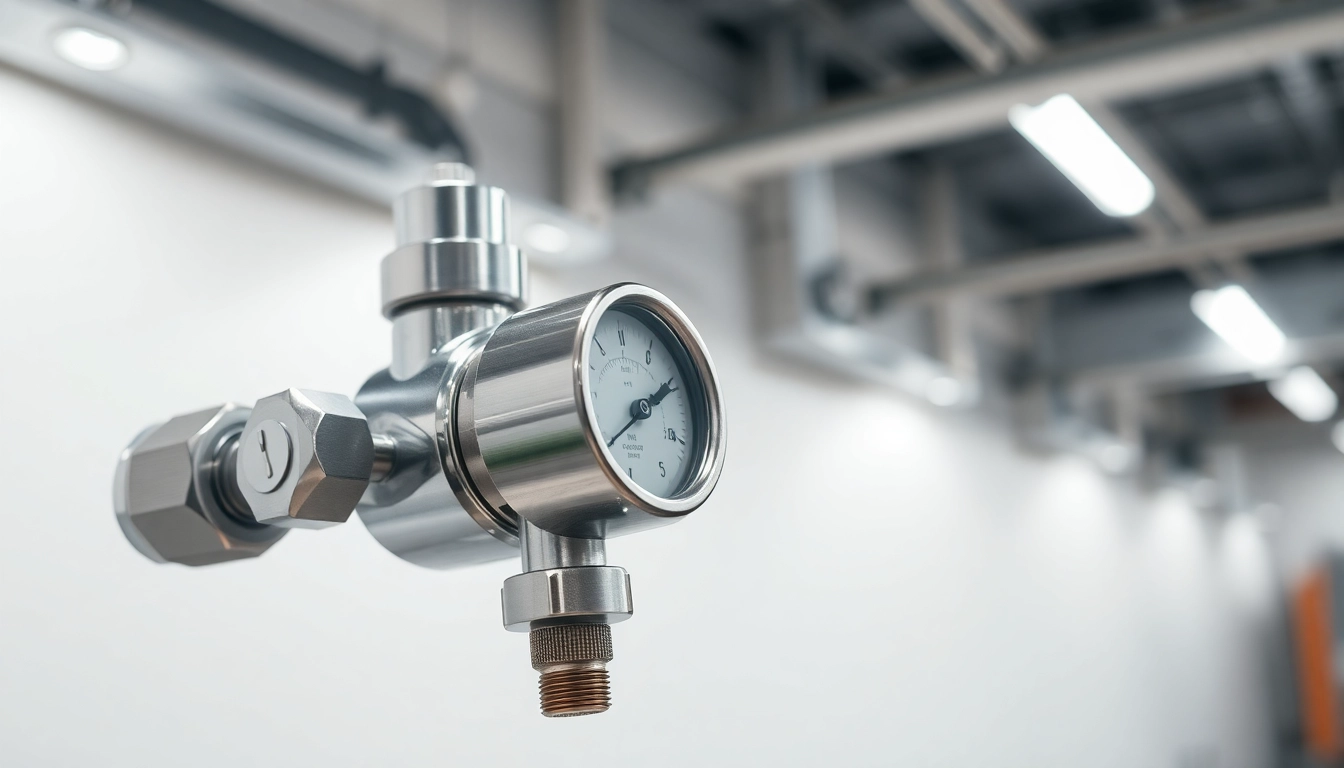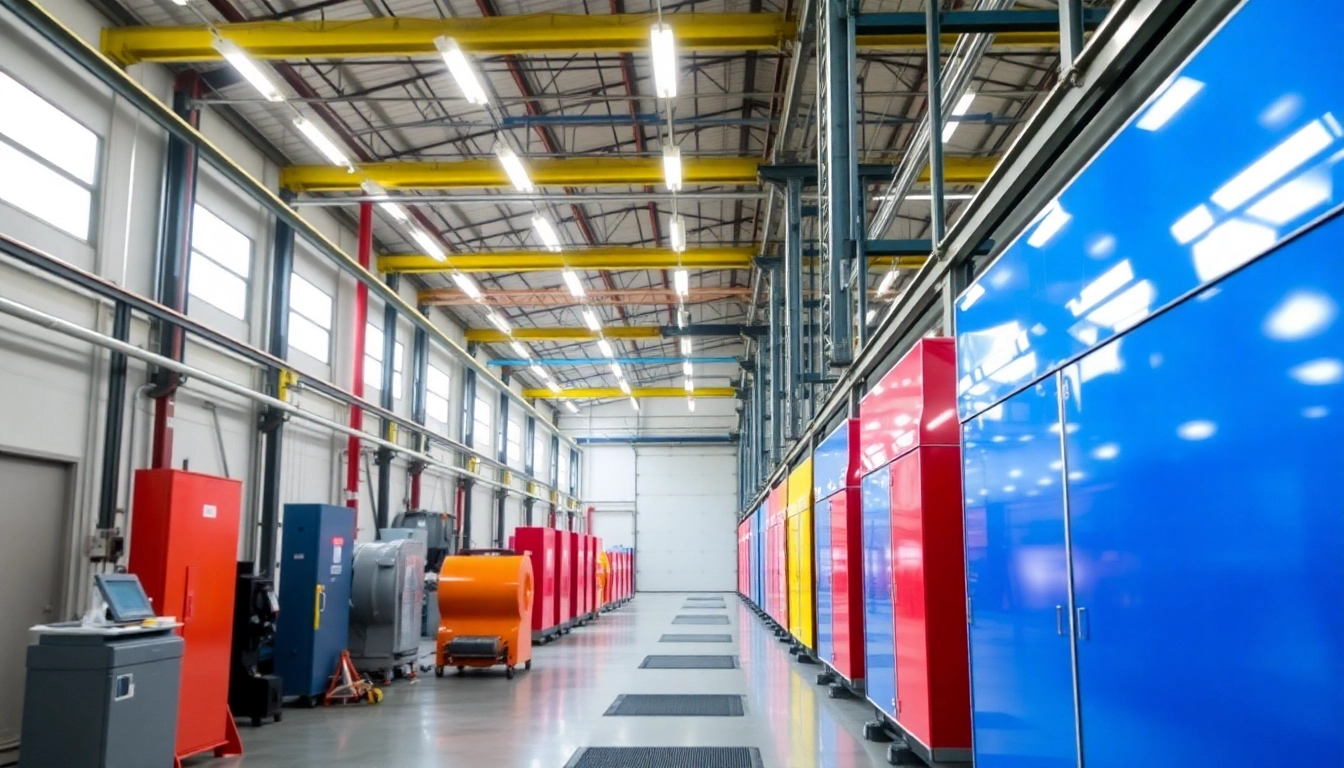Understanding AC DC TIG Welders
What Is an AC DC TIG Welder?
An AC DC TIG welder is a versatile machine that stands at the forefront of welding technology, capable of producing high-quality welds in a variety of materials. The term “TIG” stands for Tungsten Inert Gas, which is a process that uses a non-consumable tungsten electrode to produce the weld. The “AC” and “DC” refer to the type of electrical current used during the welding process: alternating current (AC) is primarily utilized for welding aluminum and magnesium, while direct current (DC) is typically used for stainless steel, steel, and other metals.
This multifunctionality is vital for welders looking to tackle diverse projects without needing multiple machines. AC DC TIG welders combine the best features of both current types, allowing welders to work effectively across different materials and thicknesses.
Key Features of AC DC TIG Welders
AC DC TIG welders come equipped with a variety of features that enhance their functionality and usability. Some of the key features include:
- High Frequency Start: This feature allows for an easy ignition of the arc, especially beneficial for thin materials.
- Adjustable Output: Welders can adjust the output settings to fine-tune their welding performance according to the specific materials being welded.
- Pulsed TIG Welding Option: This feature allows for a more controlled weld pool, reducing distortion and improving overall weld quality.
- Foot Pedal Control: Many models offer a foot pedal to control the amperage for greater precision during welding.
- Multi-Process Capability: Some models can also perform MIG and Stick welding, providing less frequent welders with great flexibility.
Advantages of Using AC DC TIG Welders
Using an AC DC TIG welder comes with several advantages for both novice and experienced welders alike. Here are some of the key benefits:
- Versatility: As mentioned, the ability to switch between AC and DC means you can tackle various alloys with ease.
- Precision: TIG welding is known for producing clean and precise welds, ideal for creating intricate designs or working on thin materials.
- Reduced Heat Input: TIG welding requires less heat than other welding processes, minimizing warping or damage to the material.
- Cleaner Welds: AC DC TIG welders produce less spatter and do not require flux, resulting in cleaner operations.
How to Select the Best AC DC TIG Welder
Consider Your Welding Projects
Your choice of AC DC TIG welder should align with the specific projects you intend to undertake. For instance, if you’re primarily working on aluminum, a welder with robust AC capabilities will be essential. Conversely, if you plan to work with steel and stainless steel, a machine with strong DC capabilities will serve you better. Assessing the materials you will regularly encounter is crucial for choosing the right machine.
Evaluating Power Settings and Features
AC DC TIG welders come in a variety of power settings ranging from 200 amps to 300 amps or more. Depending on the thickness of the materials you will be welding, it’s important to have adequate power. Additionally, look for features such as pulse settings, high-frequency start, and thermal overload protection, which can greatly enhance your welding experience.
Budget Considerations for AC DC TIG Welders
Budget is often a determining factor when selecting a welder. While some models can be found for less than $500, more advanced machines can exceed $3,000. It is vital to balance your budget with your need for features. Consider buying from reputable brands that offer warranties and customer support, as the initial investment will often determine long-term satisfaction.
Best Practices for Using AC DC TIG Welders
Preparing Your Workspace
Before starting any welding task, a proper workspace setup is essential. Ensure your work area is clean and well-ventilated. Have all necessary tools and safety gear—like gloves, facial protection, and a fire extinguisher—within reach. This not only enhances safety but also promotes efficiency during the welding process.
Safety Tips When Welding
Welding can be hazardous if proper precautions are not taken. Always wear appropriate protective gear, including welding helmets and gloves. Ensure your fire extinguisher is easily accessible. Maintain a safe distance from flammable materials and be mindful of electrical hazards when operating your welder.
Maintaining Your AC DC TIG Welder
Regular maintenance is essential to ensure the longevity of your AC DC TIG welder. This includes cleaning the torch, replacing worn out parts, and checking electrical connections. Periodically inspect the ground clamp and leads for any signs of wear. Proper maintenance not only prolongs the machine’s lifespan but also upholds the quality of your welds.
Common Applications for AC DC TIG Welding
Welding Aluminum: Techniques and Tips
Aluminum welding requires specific techniques to achieve satisfactory results. When welding aluminum, it’s essential to clean the surface thoroughly to remove any oxidation. Use AC settings to create a more stable arc and reduce the chances of burning through the metal. Moreover, employing a larger diameter tungsten electrode can help maintain a broader arc and achieve smooth welds.
Suitable Materials for AC DC TIG Welding
AC DC TIG welding is adaptable to a variety of materials, including:
- Aluminum: Ideal for AC welding, lightweight and non-ferrous.
- Stainless Steel: Used widely in food processing and medical equipment.
- Carbon Steel: Common in construction and heavy machinery.
- Bronze and Copper: These require precise control and are best suited for specialty applications.
Industries That Use AC DC TIG Welders
The versatility of AC DC TIG welders makes them suitable for a range of industries, including:
- Aerospace: High precision is crucial in aviation component fabrication.
- Automotive: Used for repairing aluminum frames and other metallic components.
- Manufacturing: Essential for producing intricate metal parts and fixtures.
- Artistic Welding: Artists use TIG welding for creating sculptures and detailed artwork.
Cost Analysis: Investing in an AC DC TIG Welder
Initial Purchase Costs
When considering the purchase of an AC DC TIG welder, initial investment is a crucial aspect. Prices can vary widely based on the brand, features, and power output. Basic models may start at around $500, while more advanced units equipped with extensive features can cost upwards of several thousand dollars. It’s vital to benchmark which features matter most for your needs in determining value.
Long-term Value and Maintenance Costs
In addition to the initial outlay, it’s important to consider the long-term costs of maintenance. Quality welders are designed for durability, often leading to fewer repairs. However, consumables such as tungsten electrodes, filler rods, and shielding gas add to the ongoing expense. Establishing a regular maintenance routine minimizes unexpected costs and ensures consistent performance.
Return on Investment for Professional Use
For professionals, investing in an AC DC TIG welder can enhance productivity and profitability. High-quality welds can dramatically reduce the need for rework, making the initial investment worthwhile. Consider the economic impact when selecting models capable of handling multiple applications in various industries to optimize your return on investment.



